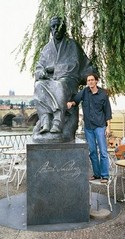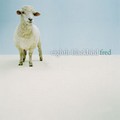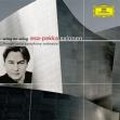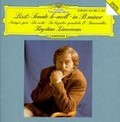Resolved, That the Senate--
(1) apologizes to the victims of lynching for the failure of the Senate to enact anti-lynching legislation;
(2) expresses the deepest sympathies and most solemn regrets of the Senate to the descendants of victims of lynching, the ancestors of whom were deprived of life, human dignity, and the constitutional protections accorded all citizens of the United States; and
(3) remembers the history of lynching, to ensure that these tragedies will be neither forgotten nor repeated.
The Senate passed this resolution Monday by voice vote. Reports are that the resolution had only about 80 signatures. Shameful. There should have been a roll call, with every Senator standing up to not only vote ‘aye,’ but to recite these words and apologize to the country. The House passed anti-lynching legislation several times over the years; when measures reached the Senate floor they were killed off by conservative, white Southerners via – wait for it – the filibuster. Shameful.
The NewsHour presented a powerful interview Monday (read, listen or watch it here) with the great, great granddaughter of one Anthony Crawford, who was lynched in 1916. Mr. Crawford was a black landowner, an active citizen and patriarch of a strong South Carolina family. He was arrested for cursing a white man, in a brawl caused by Crawford's unwillingness to accept an unfair price on his crop of cotton seed.
And all the Senate could do was apologize 90 years later for its ignoble impotence.
By the way, if you don't know the chilling Billie Holiday song Strange Fruit, read here and seek out a recording.
 At the time, the Stripes were just hitting radio with the single for “Dead Leaves and the Dirty Ground,” and no one else in our group had really heard much of them. I knew just enough to expect the Jack and Meg White on the CD covers.*
At the time, the Stripes were just hitting radio with the single for “Dead Leaves and the Dirty Ground,” and no one else in our group had really heard much of them. I knew just enough to expect the Jack and Meg White on the CD covers.*
 The Czech Dances are the peak of Smetana’s piano output and probably the best Czech (solo) piano music before Janáček. They’re in two sets. The first contains four Polkas; the second set, with ten pieces, uses a variety of dances and folk melodies as its basis. The dances have none of the desolation found in the last movement of the E minor Quartet. Instead, they are more like Ma Vlast – sparkling music inspired by the composer’s homeland. To quote an
The Czech Dances are the peak of Smetana’s piano output and probably the best Czech (solo) piano music before Janáček. They’re in two sets. The first contains four Polkas; the second set, with ten pieces, uses a variety of dances and folk melodies as its basis. The dances have none of the desolation found in the last movement of the E minor Quartet. Instead, they are more like Ma Vlast – sparkling music inspired by the composer’s homeland. To quote an 
 Sitting in front of Rothko’s mammoth black and purple windows, I couldn't go blank. My mind wrote a running commentary. I tried to stop it, but I’m so used to journalizing my thoughts that I couldn’t.
Sitting in front of Rothko’s mammoth black and purple windows, I couldn't go blank. My mind wrote a running commentary. I tried to stop it, but I’m so used to journalizing my thoughts that I couldn’t.






